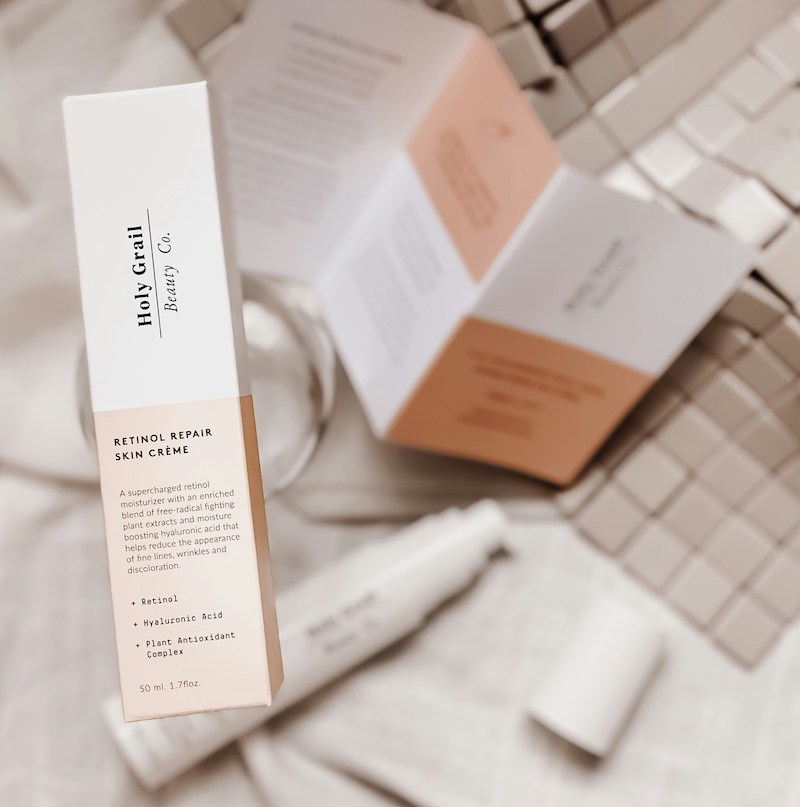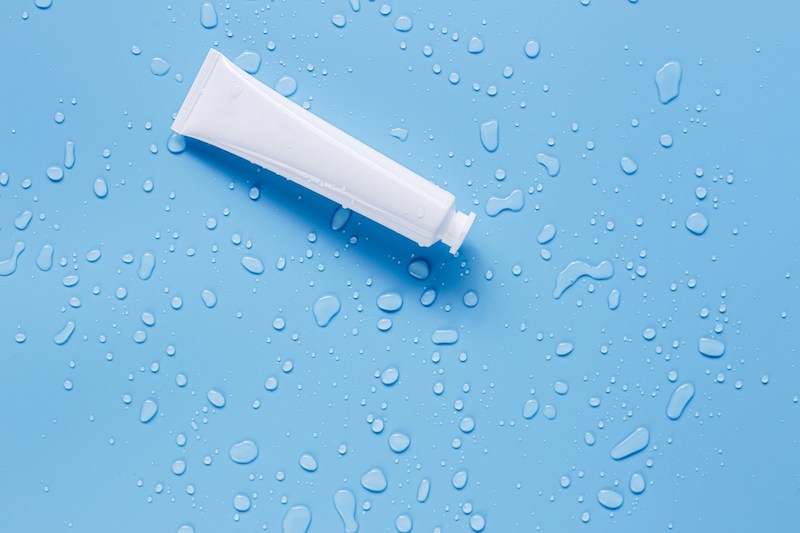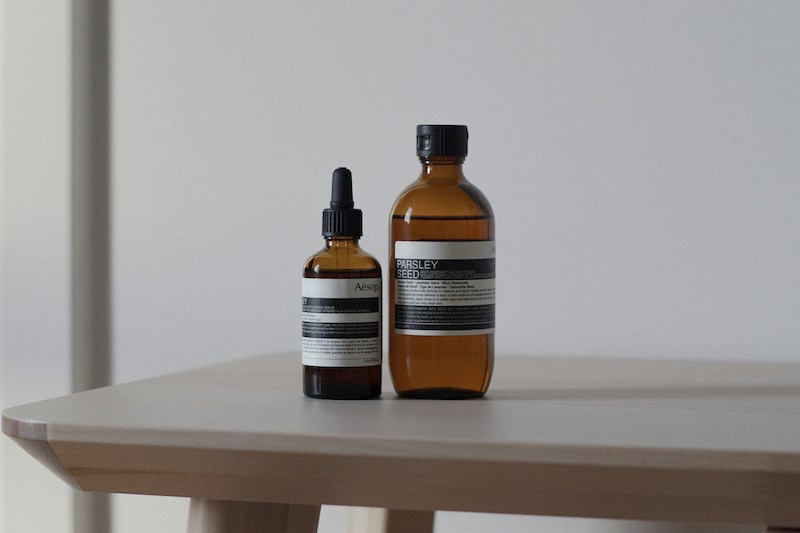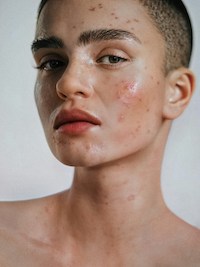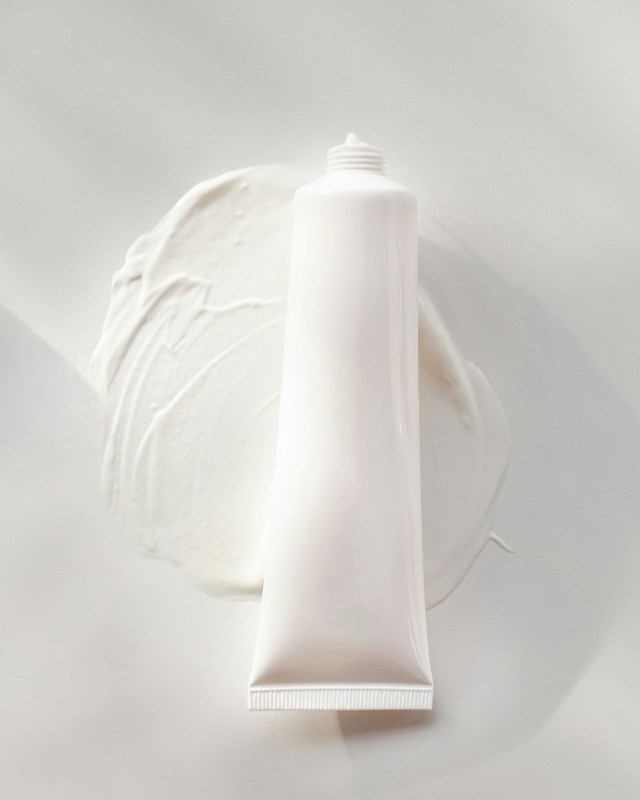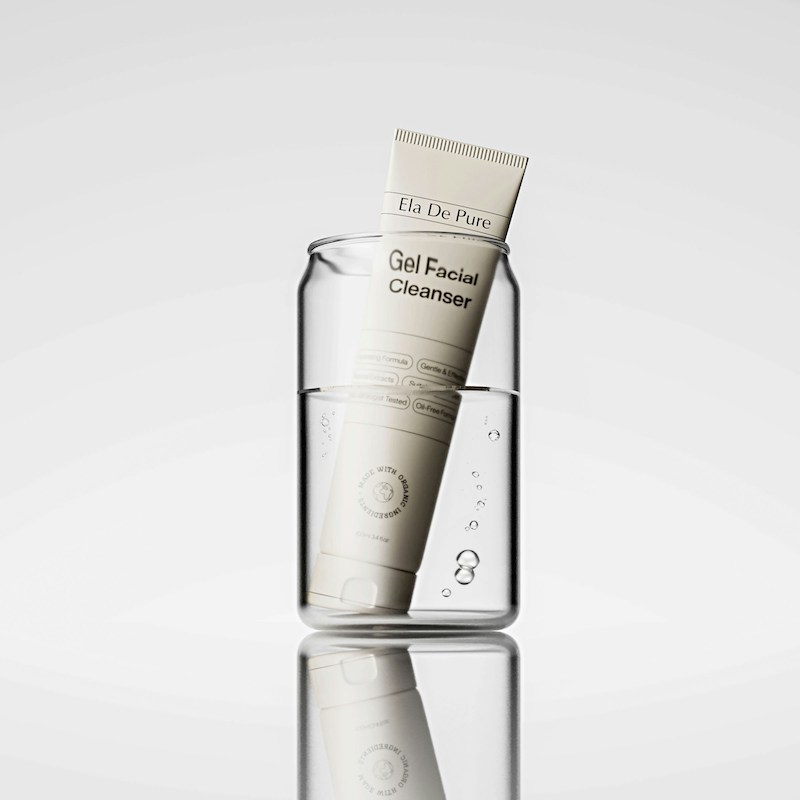If you’ve read my Ultimate Guide to Creating Your Own Skincare Routine, you already know the basics—cleansing, moisturizing, SPF, and choosing the right products for your skin type. That’s a great start. But if you’ve ever followed a routine perfectly and still felt like something was off—you’re not alone.
The truth is, skincare is not one-size-fits-all. What works wonders for someone else might leave your skin irritated, dry, or breaking out. That’s because your skin is unique—and your routine should be too. In this post, we’re diving deeper into what it really means to personalize your skincare, and why it can make all the difference in how your skin looks and feels.
The Problem with Generic Routines
You’ve probably seen skincare routines labeled “for oily skin” or “for dry skin.” These can be helpful—but only to a point. Most generic routines are based on broad categories that don’t capture everything that’s going on with your skin.
Think about it like this: two people might both have oily skin, but one could be acne-prone and the other might struggle with sensitivity or redness. Using the same products just because they’re both “for oily skin” doesn’t make sense—and might even make things worse.
Another issue? Your skin doesn’t stay the same. It changes with the seasons, your hormones, your stress levels, even your sleep. A routine that worked perfectly last winter might feel heavy and clogging in the summer.
And let’s not forget lifestyle: Do you live in a city with pollution? Do you work out regularly? Travel often? These things matter too—and they’re rarely mentioned in standard skincare advice.
That’s why generic routines often fall short. They give you a starting point, but they can’t take into account all the factors that make your skin yours. The good news? Once you understand what those factors are, you can build a routine that actually fits your life—and your skin.
What Actually Affects Your Skin
If skincare was just about picking the right cleanser or moisturizer, things would be a lot easier. But your skin is influenced by much more than the products you put on it. Here are the key factors that play a role in how your skin behaves:
1. Genetics
Your genes decide a lot—how much oil your skin produces, how sensitive it is, how easily you get pigmentation, how your skin ages. Some people are more prone to acne, while others are more likely to develop fine lines early. You can’t change your DNA, but understanding it helps you work with your skin instead of against it.
2. Environment
Where you live matters. City air with pollution can clog your pores and stress your skin. If you live in a dry climate, your skin may need extra hydration. High humidity? You might need lighter products. Even heating and air conditioning at home can affect your skin barrier.
3. Hormones and Stress
Hormones fluctuate during your menstrual cycle, pregnancy, or due to health conditions—and your skin often reflects that. Breakouts around your period? That’s hormonal. Stress also plays a big role, increasing oil production and inflammation, which can lead to acne and sensitivity.
4. Diet and Lifestyle
Your skin is part of your body, so what you eat and how you live shows up there too. Not drinking enough water, eating too much sugar, or lacking key nutrients (like omega-3s or zinc) can affect skin texture and tone. Sleep and exercise also play a role—your skin regenerates overnight and benefits from good circulation.
5. Skincare History
If you’ve used harsh products in the past (over-exfoliating, stripping cleansers, strong actives without barrier support), your skin may be more reactive now. Or maybe you’ve had allergic reactions or tried too many new products at once. Your past skincare experiences matter—your skin has a memory.
6. Seasonal Changes
Even if your skin is “normally” oily or dry, seasons can shift that. Many people get oilier in summer and drier in winter. That’s why your routine might need to adjust every few months, even if your skin type stays the same overall.
How to Build a Truly Personalized Skincare Routine (Step by Step)
So now that you know your skin is influenced by genetics, lifestyle, environment, and more—how do you actually applythat knowledge to your skincare routine?
Identify Your Skin’s Core Type – but Go Deeper
Yes, it helps to know if your skin is oily, dry, combination, or sensitive. But don’t stop there. Ask:
• Does your skin get red easily?
• Do you break out around your period?
• Do you get flaky patches or feel tight in winter?
I can help you though on the first part, read My Guide on the Different Skin Types and you’ll get to know yours.
Why it matters: A basic routine for “dry skin” won’t help if your dryness is caused by dehydration, a damaged barrier, or a harsh product.
Tip: Focus on skin conditions, not just type. Think: dehydrated, acne-prone, reactive, dull, textured.
Choose Your Core Routine – The 3 Non-Negotiables
Start with a minimal routine before adding targeted treatments. These are your essentials:
1. Gentle Cleanser
• For dry or sensitive skin: look for hydrating or milky cleansers.
• For oily/acne-prone: go for gel-based, pH-balanced cleansers.
2. Moisturizer
• Lightweight gel for oily skin, rich cream for dry skin.
• If you’re acne-prone, look for non-comedogenic options.
Read Here My Guide For The Best Sensitive Moisturizers.
3. Sunscreen (AM only)
• Daily, even when it’s cloudy. This protects your skin from UV damage and supports your other products. For product recommendations, Read My Guide on the Best Sunscreens in 2025.
Add One Targeted Treatment at a Time
Once your skin is stable with a simple routine, add one product based on your skin goals. Go slow.
• Want brighter skin? Try Vitamin C (AM, under SPF)
• Dealing with acne? Start with Salicylic Acid or Niacinamide
• Need anti-aging? Introduce Retinol slowly (PM, 2x a week to start)
• Skin barrier damaged? Try Ceramides, Panthenol, or Centella Asiatica, Read my Guide on how to effectively fix your damaged skin barrier.
Important: Only introduce one active at a time and patch test. Wait at least 2 weeks before adding another.
And before you run to your next drugstore to buy these products, please make sure that this actually fits to your skin and you know what it does.
For more information on the different ingredients, please refer to my guides linked above.
Adapt Your Routine to Your Daily and Monthly Cycle
Your skin isn’t the same every day. Here’s how to stay flexible:
• Feeling dry or sensitive? Skip exfoliants, add a barrier cream or face oil
• Breaking out before your period? Use calming ingredients like niacinamide or a clay mask
• Hot, humid day? Swap your cream for a gel moisturizer
• Long travel day or bad sleep? Focus on soothing, hydrating steps
Listen to your skin, not the label. It’s okay to skip actives or simplify your routine when your skin feels overwhelmed.
Track and Tweak Regularly
Use a simple system to track your skin (a journal, an app, or even your phone notes). Track:
• Product changes
• Skin reactions (good or bad)
• Weather changes
• Diet, stress, sleep
• Hormonal cycle
This helps you see patterns, know what works, and when to adjust. A truly personalized skincare routine is one that grows with you.
Simple Products That Will Always Recommend
but there are a few trusted, gentle products that work well for most skin types. If you’re just starting out or want a solid base routine to personalize from, these are safe, effective choices to begin with.
These picks are:
• Fragrance-free
• Non-comedogenic
• Gentle and well-tolerated
1. Cleanser:
Avène Tolerance Extremely Gentle Cleanser Lotion
• Texture: Lightweight, milky lotion
• Why it’s great: No surfactants, no fragrance, no rinse needed (but can be rinsed off). Ideal for sensitive, reactive, or over-exfoliated skin.
• Key Ingredients: Avène Thermal Spring Water, minimal formula (only 7 ingredients)
• How to use: Massage onto dry skin, remove with cotton pad or rinse gently with lukewarm water.
Alternative: La Roche-Posay Toleriane Dermo-Cleanser – similar concept, slightly richer texture.
2. Toner:
Klavuu Pure Pearlsation Revitalizing Facial Toner (for hydration + balance)
• Texture: Watery but softening
• Why it’s great: Alcohol-free, fragrance-free, very hydrating. Designed to soothe, not strip.
• Key Ingredients: Marine extracts, niacinamide (low %, gentle), panthenol
• How to use: Apply with hands or cotton pad after cleansing, AM and PM
Alternative for ultra-sensitive skin: Etude House Soon Jung pH 5.5 Relief Toner – minimal, calming, with panthenol and madecassoside.
3. Sunscreen:
Ultrasun Face SPF 50+ (Anti-Age or Sensitive variants)
• Texture: Lightweight cream or gel (depending on version)
• Why it’s great: Broad-spectrum, fragrance-free, no alcohol, no white cast, high UVA protection (PPD 42+). Non-comedogenic, works well under makeup.
• Key Ingredients: Antioxidants, lamellar technology for skin barrier support
• How to use: Apply every morning, reapply if exposed to sun
Alternative: Eucerin Sun Sensitive Protect SPF 50+ – great for very reactive or post-treatment skin.
Conclusion: Your Skin, Your Routine
There’s no magic formula that works for everyone—and that’s the beauty of skincare. The most effective routine is one that’s tailored to you, your skin’s needs, your environment, and your lifestyle. Start simple, stay consistent, and let your skin guide you.
If you want more help figuring out which ingredients you can mix, which you shouldn’t, and what each ingredient actually does, I’ve created a free Ingredient Mixing Guide just for you. It breaks down the most common actives, explains whether they’re best for beginners, intermediate, or advanced users—and helps you avoid irritation while building smarter routines. You just have to subscribe to my newsletter to get instant access—it’s totally free, and you’ll also get my latest tips, myth-busting posts, and skincare guides straight to your inbox. (I don’t spam).
And don’t forget to follow me on Pinterest for more clean, science-based skincare tips—and check out my latest blog posts for deeper dives into skincare ingredients, myths, and product recommendations.
Your skin is unique. Your routine should be too.


